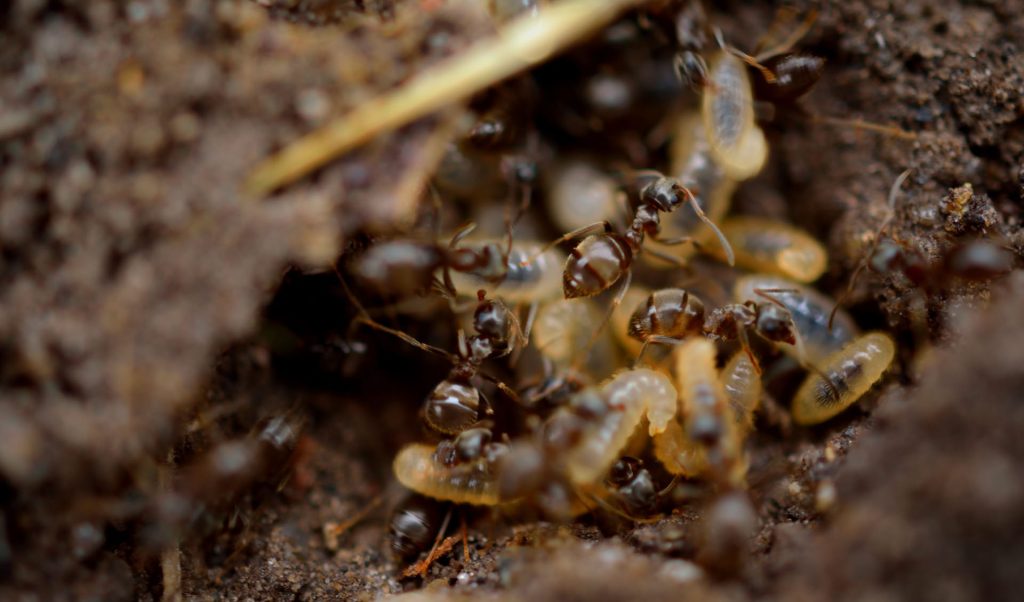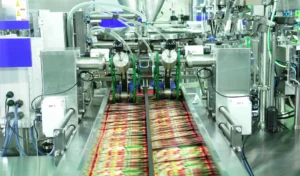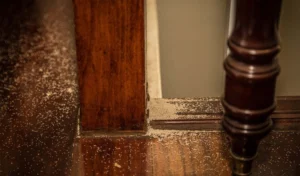Termites are common and stubborn household pests. They are small, but they have shown us countless times how destructive they can be as a team. Compared with other household pests, what’s scary about termites is that their activities are almost invisible to us. And by the time we sense their existence, they’ve already done great damage.
Termites have a wide range of food sources. They eat basically anything with cellulose. When they dwell in our houses, they will feed on books, boxes, carpets, furniture, and many more. And they tend to build their colony near food source for convenience. From an environmental point of view, termites feed on rotten wood and turn it into humus. It is an organic substance that will improve the soil. But when they invade our living space, their existence is definitely a threat.
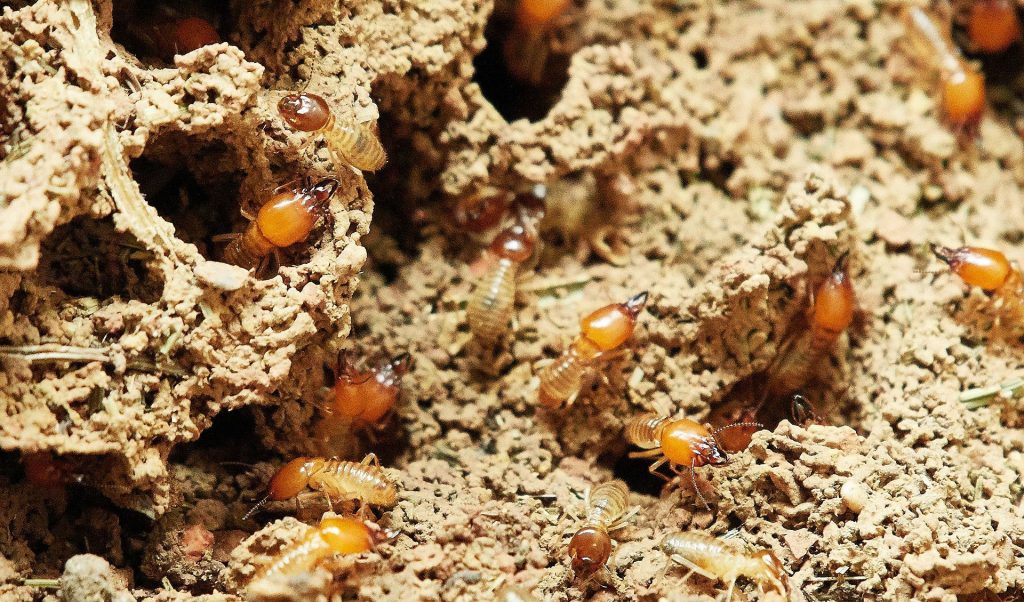
Species
In term of the areas where termites exist, they can usually be divided into Dampwood termites, Drywood termites, and Subterranean termites. Dampwood termites tend to feed on wet and soft wood. So, they often build their colonies in dark and damp places like cellars. Drywood termites do not need moisture environment. As long as you are in an area with wood piled up, you are likely to find them. Subterranean termites, on the other hand, live underground or under houses. They build their colonies in underground spaces near food sources and move through tunnels called mud tubes.
Signs of termite infestation
If there is a termite infestation in your house, there will be a few signs if you pay attention. Here are some common signs of a termite infestation:
1. Termites’ frass
Excrements left by termites are small and brown. It is called “frass”. They look like wood powder or wood particles. If you spot this kind of excrements in your house, there is a high possibility that there is a termite infestation going on.
2. Termites’ fallen wings
After finding their mate, termites will shake their wings off. It is also a demonstration that they have taken over a piece of space. If piles of termite wings are found in your house, it is surely a sign of a termite infestation.
3. Mud tubes created by termites
Termites create tunnels called mud tubes between their colony and food sources. They exist in the ground or in the wood structure of the furniture.
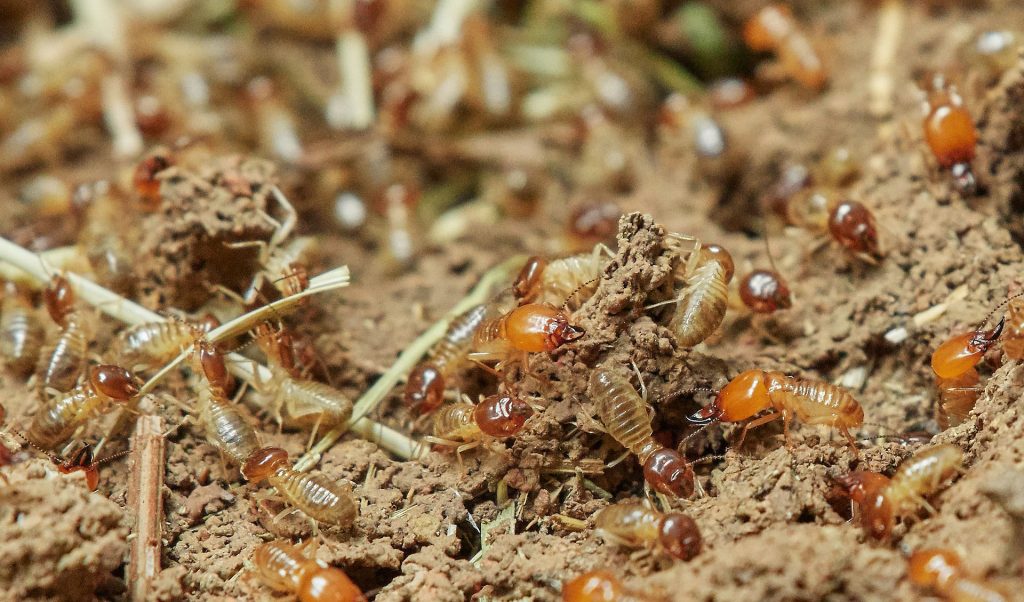
4. Structural damage caused by termites
In the later stage of a termite infestation, homeowners often notice the damage to wooden structures. We know that not all structural damages are necessarily caused by termites. But giving a closer observation at the damage will soon tell you whether it is done by termites.
So, these are the common signs of termite infestation. Next, let’s look at how to effectively deal with termites.
How to deal with termites
First, let’s look at how to prevent the invasion of termites. Some traditional prevention methods are still effective today. These include keeping firewood and woodpiles away from the house, clearing tree stumps near the house, and trimming branches that have come into contact with the house. Also, building a barrier around the house with termite agents is a good precaution measure. These methods can reduce the possibility of the house being infested by termites to some extent. But these methods do not help with termite infestation inside the house. So far, the best solution to termite infestation is to kill them with chemicals.
